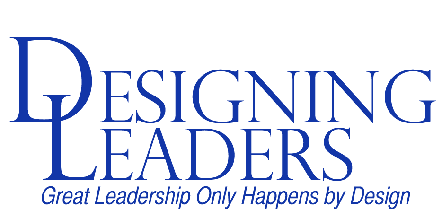Setting Expectations for Communication
One of the most important elements of your organizational culture — one of the things that most powerfully determines your employees’ performance — is the set of expectations they have about what is expected of them. People will perform based on the requirements of their role, the goals you set, and the desired working style that you describe to them. If you get that wrong — if you make them think you want one thing from them, when in fact you want something else — then if they fail, it’s on you, not them.
When it comes to communication in the workplace, remember that the way you want people to communicate with each other (and with you) might not be the way they grew up communicating with others. Their families, their social cultures, their educational experiences, their previous jobs — all of these have an impact on what they bring to you. Don’t expect people to read your mind (hint: that’s an example of poor communication) but instead, help them set realistic expectations about what you are looking for.
So, when do you have chances to set those expectations?
Your first opportunity comes in the pre-hiring phase. The way you write the job description helps a potential employee understand what is necessary to do this job well. You are more likely to attract candidates who are comfortable working the way you need them to when you accurately describe what you need them to do. When you interview candidates, you should describe the role and the expectations clearly, so they have a better idea about whether this is a good fit for them. You should also asses them for the skills they need; if you expect them to give PowerPoint presentations on a regular basis, you should ask them to deliver a presentation as part of the interview process. Assess people for the skills that you expect them to use.
Once people are working for you, your next opportunity to set expectations comes in how you set their performance goals. This should be about more than just the results you expect them to achieve; if there’s a certain working style you want to encourage, you need to be explicit about that. If you need them to be communicating with other teams, set a measurable goal for that. If you expect them to coach their peers, identify a good metric for that and agree on it in your goal-setting session. If you think something is important, set it as a goal, then observe it over the year and provide feedback on how they are doing. When people do not have a goal that they know will be evaluated, they are less likely to do something. If you have an expectation for their performance, make it very, very clear.
Finally, reward and recognize people for effective communication. If someone is coaching or teaching others, acknowledge that. When teams demonstrate good collaboration, recognize them for it. When people are getting recognized for something, or when they see others being acknowledged, they know you are taking it seriously. If you tell people “You need to communicate better,” but you do not acknowledge when they do, they will assume you don’t rally mean it.
So to look at the question “When can I set employees’ expectations?,” the answer is quite simple: before, during, and after the time they do the work. Easy enough? Of course it is.
And you didn’t even have to read our minds.
- Posted by
 Designing Leaders
Designing Leaders - Posted in Communication
 Jul, 16, 2018
Jul, 16, 2018 Comments Off on Setting Expectations for Communication
Comments Off on Setting Expectations for Communication
Categories
- Book Reviews
- Change
- Communication
- COVID-19
- Creativity & Innovation
- Culture
- Diversity & Inclusion
- Employee Development
- Ethics
- Free Agents
- Health and Balance
- Leader Development
- Leading
- Management
- New Leaders
- Planning
- Recruiting and Retention
- Uncategorized
Archives
- August 2020
- July 2020
- June 2020
- October 2019
- September 2019
- August 2019
- July 2019
- June 2019
- May 2019
- March 2019
- February 2019
- January 2019
- December 2018
- November 2018
- October 2018
- September 2018
- August 2018
- July 2018
- June 2018
- May 2018
- April 2018
- March 2018
- February 2018
- January 2018
- December 2017
- November 2017
- October 2017
- September 2017
- August 2017
- July 2017
- June 2017
- May 2017
- April 2017
- March 2017
- February 2017
- January 2017
- December 2016
- November 2016
- October 2016
- September 2016
- August 2016
- July 2016
- June 2016
- May 2016
- April 2016
- March 2016
- February 2016
- January 2016
- December 2015
- November 2015
- October 2015
- September 2015
- August 2015
- July 2015
- June 2015
- May 2015
- April 2015
- March 2015
- February 2015
- January 2015
- December 2014
- November 2014
- October 2014


 Jul, 16, 2018
Jul, 16, 2018